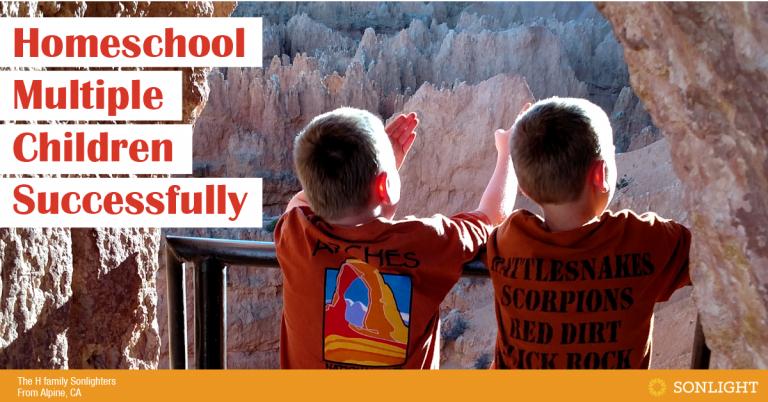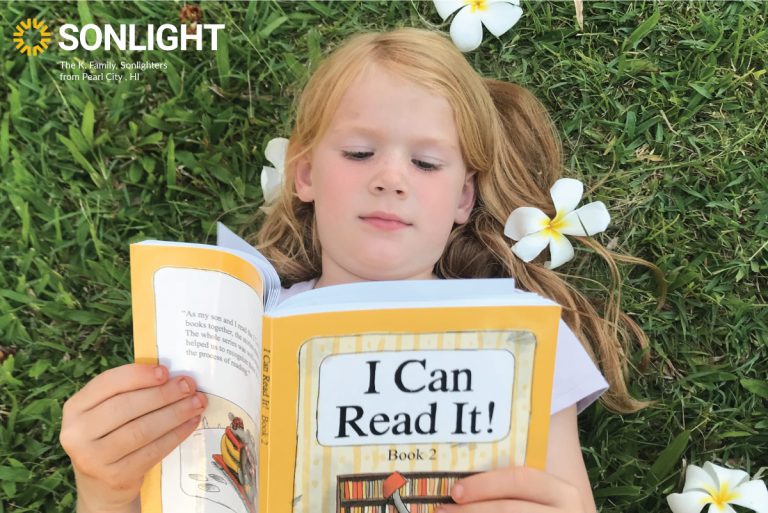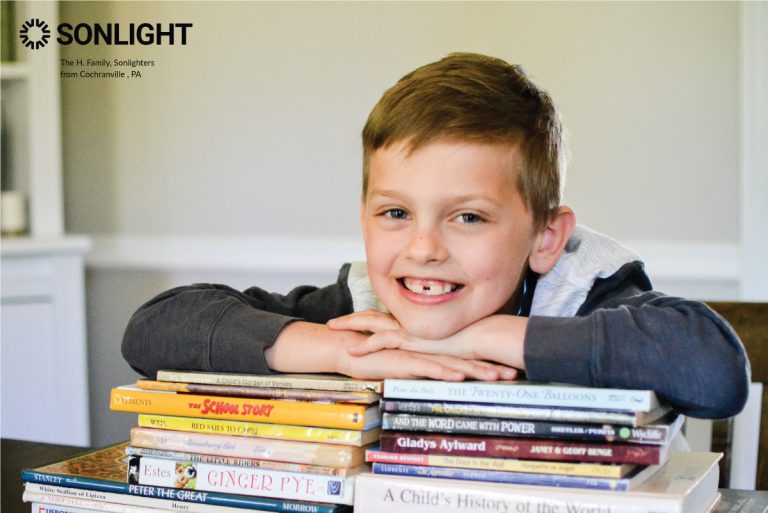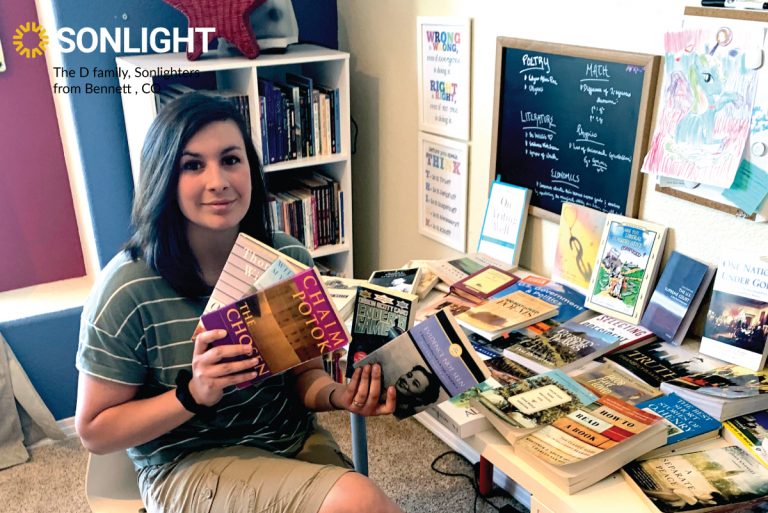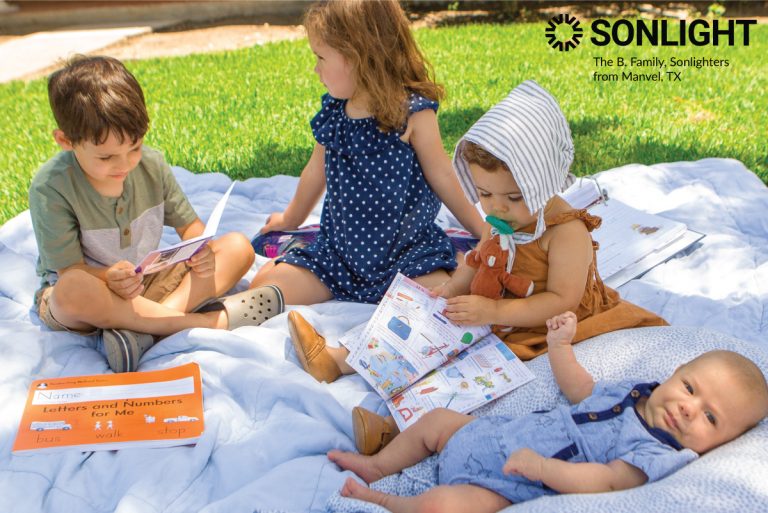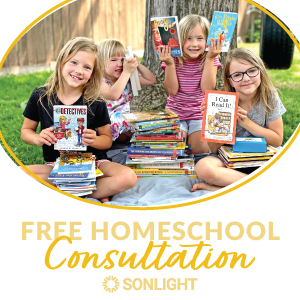Have you ever read Charlotte's Web … and not cried at the end? When you're reading out loud with your children, I think those tears could be a gift.
Sometimes we think books can "only" help kids develop critical thinking skills, vocabulary, cultural literacy, empathy, character and a love to learn. But consider these additional reasons to read out loud with your children:
1. Read-Alouds show it's okay for dad (or mom) to cry
Since I did most of the homeschooling in our family, John and I made sure he got some quality Read-Aloud time each night. And you know what? I would purposefully hand him books I knew would make him cry. Even John got a bit choked up as Charlotte and Wilbur's story drew to a close.
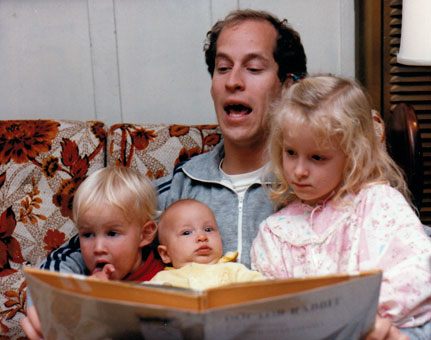
I felt it was important for children to know that it's okay for a man to cry. Even someone as strong and sure as their father could get caught up in a good story and express emotion. When dad (or mom) cries during a good story, kids see us demonstrate empathy for the characters and they learn an appropriate way to show emotion.
2. Read-Alouds help children focus
Children today must learn to focus. When teens today have to choose between checking Facebook again or keeping their attention on the schoolwork in front of them … it's hard for them to stay focused.
One way we can help students resist distractions is through reading aloud together. When my children were young, they'd often play with LEGO bricks as I read out loud. With their hands busy, their minds could truly engage the story. When the phone rang or my husband took a call in the next room, my children would tune in all the more intently. They wanted to know what happened next! They didn't act up because they wanted to hear the story. They tuned out other thoughts, sounds and distractions to pay attention to the task at hand. That ability is a huge advantage in life.
3. Read-Alouds motivate children to do their math
On a typical homeschool morning at the Holzmann house, we would get up and tackle math, language arts, spelling, and other more laborious work.
But then came the really good stuff; we'd reconvene after a short break and dive into the day's reading.
Three of my four kids would work diligently through their other subjects each morning because they knew that fun reading lay ahead. (I'll admit that one of my children still needed a little extra encouragement to stay on task in the morning.) But for the most part, my children worked hard because they wanted to get to their "real" books and find out what happened next in their Read-Alouds and Readers.
Your situation may be different, but this setup certainly worked for us. Literature-based curriculum helped turn school into a pleasure.
Learn the secret of Couch Subjects™ and Table Subjects™ and how it can streamline your homeschool day with multiple children.



